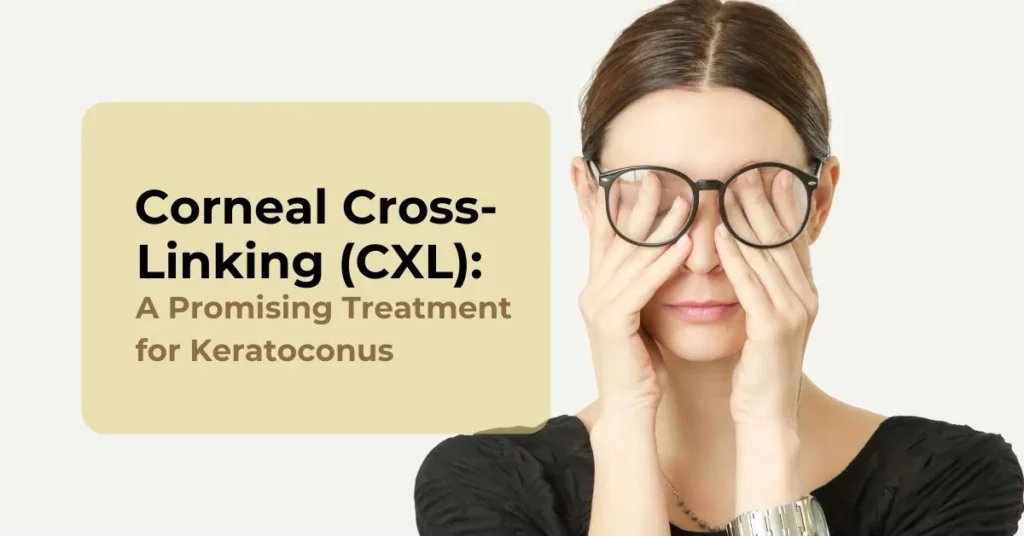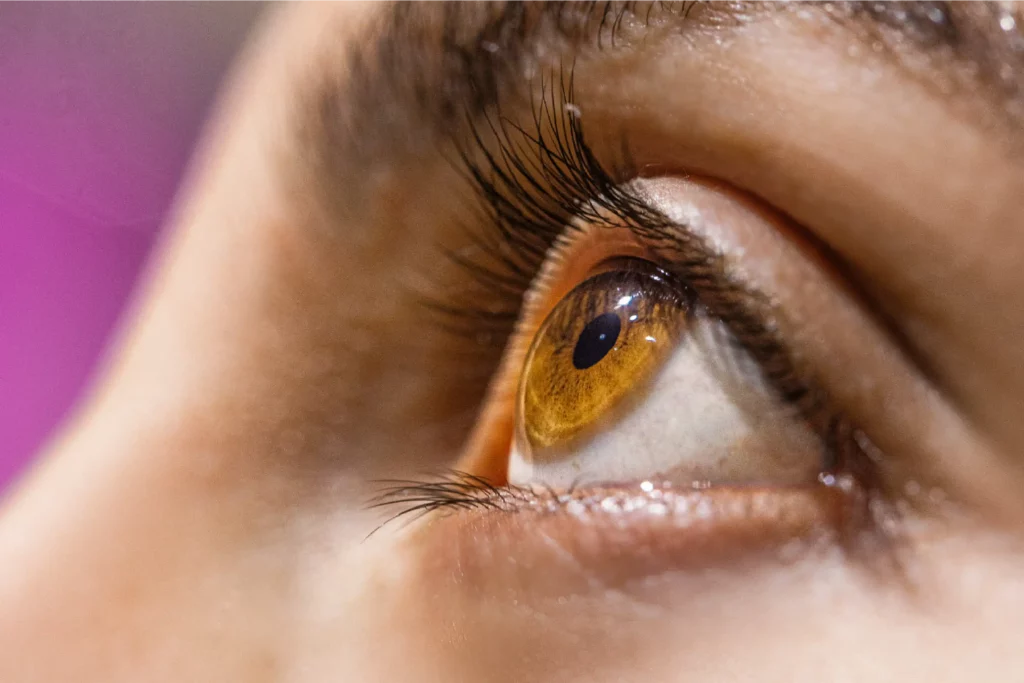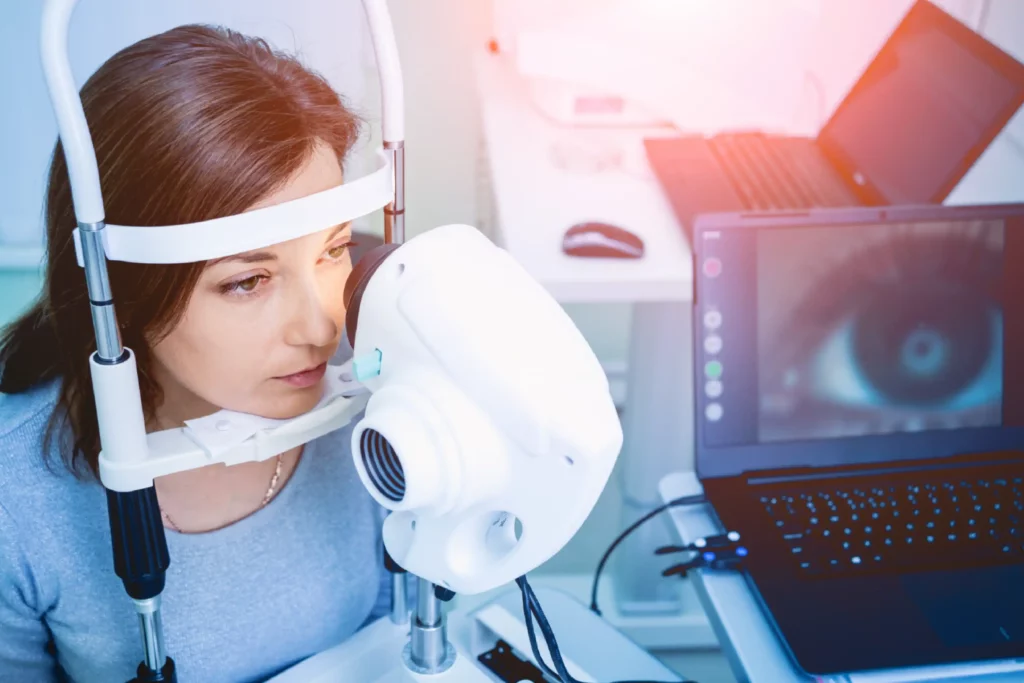Corneal Cross-Linking (CXL): A Promising Treatment for Keratoconus

Definition of Keratoconus
Keratoconus is a progressive eye disorder that impacts the cornea, the eye’s transparent outer layer. The condition causes the cornea to gradually thin and bulge into a cone-like shape, leading to visual impairment and blindness. While glasses and contact lenses can improve vision in the early stages of keratoconus, advanced cases may require surgical intervention. Corneal cross-linking (CXL) is a promising treatment offered at the best eye hospital in Hyderabad for keratoconus that can help prevent the condition from progressing and preserve vision. In this blog, we will discuss what CXL is, how it works, and its benefits.

Treatment for Keratoconus: What is Corneal Cross-Linking (CXL)?
Corneal cross-linking is a non-invasive procedure that uses ultraviolet light and riboflavin (vitamin B2) to strengthen the cornea. The process aims to halt the progression of keratoconus by increasing the number of cross-links, or bonds, between the collagen fibres in the cornea.

How does CXL work?
During the CXL procedure, the patient is given local anaesthesia to numb the eye. The surgeon then removes the outermost layer of the cornea, known as the epithelium, to expose the underlying stroma. A riboflavin drop solution is applied to the cornea and laid bare to ultraviolet light for approximately 30 minutes. Riboflavin acts as a photosensitiser, enhancing the effectiveness of ultraviolet light. The light causes the riboflavin molecules to release free radicals, creating new cross-links between the collagen fibres in the cornea. The epithelium is then replaced with a bandage contact lens to aid healing. The procedure typically takes about an hour; most patients can return home the same day.
What are the benefits of CXL?
- Stops progression of keratoconus: CXL has been shown to halt the progression of keratoconus in over 90% of patients. This keratoconus treatment in Hyderabad can help prevent the need for corneal transplantation, a more invasive and risky process.
- Non-invasive: CXL is a non-invasive procedure that does not require incisions or tissue removal from the cornea, reducing the risk of complications.
- Quick recovery time: The recovery time for CXL is relatively fast, with most patients able to return to normal activities within a week.
- Long-lasting results: The benefits of CXL can last for many years, potentially eliminating the need for future interventions. In some cases, CXL can help improve vision by reducing the distortion caused by keratoconus.
Who is a good candidate for CXL?
CXL is typically recommended for patients with progressive keratoconus who have not yet reached the advanced stages. Candidates for CXL should have a corneal thickness of at least 400 microns, as thinner corneas may be at risk of damage during the procedure.

Conclusion
In conclusion, corneal cross-linking is a promising treatment for keratoconus that can help stop the progression of the disease and preserve vision. If you or someone you know is experiencing symptoms of keratoconus, it is crucial to seek medical attention from an eye care professional, for example, at Global Eye Hospital, because the best ophthalmologist in Hyderabad can be found here.

Book your appointment now for all eye-related services.
Your Vision Our Focus


